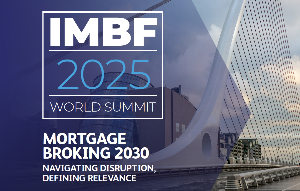
Lending to investors since the post-pandemic low has grown 68% and 39% in the past year alone.
While in the past, property investors were willing to accept lower rental yields, given the historic trend of steady and sometimes large capital gains that were often tax-free, conditions are now different.
Price gains are muted and only moderate rates of house price growth are expected over the coming year, even with interest rates at low levels.
Westpac senior economist Satish Ranchhod says investors who are now getting into the market are more focused on rental yields and long-term growth.
However, with increases in the number of properties or sale and falls in population growth, there has been a fall in rents. “The related pressure on yields is limiting investors’ willingness to pay.
“That has been compounded by concerns about compliance costs and potential changes to the tax system,” he says.
Increases in available property are limiting price growth. Before the pandemic, house building failed to keep up with population growth in many regions, including Auckland and Wellington.
However, in recent years there have been large increases in housing stock – especially medium density units – and slower population growth.
Ranchhold says while there isn’t an oversupply of homes, there are no longer the shortages that boosted prices in previous years. It is also giving renters a lot more options.
Lower interest rates have also meant first home ownership has become a lot more accessible for many people.
Over the past year, the one-year mortgage rate has fallen by about 1.5%, while the two-year rate is about 2.40% lower than in 2023.
Borrowers with more than 20% equity can now get rates as low as 4.49% for terms of up to two years.
For the average first home buyer, the fall in mortgages rates over the past year can shave about $550 of their monthly mortgage costs.
Sales to existing homeowners and upgraders has remained soft even as interest rates have dropped. These borrower account for about 60% of house sales.
That may be due to factors, such as the soft labour market or the squeeze on household finances, Ranchhod says.
“Some existing homeowners who bought a property in recent years at the peak of the post-pandemic boom may also be in a position where the current price of their home is below what they paid.”





Comments
No comments yet.
Sign In to add your comment